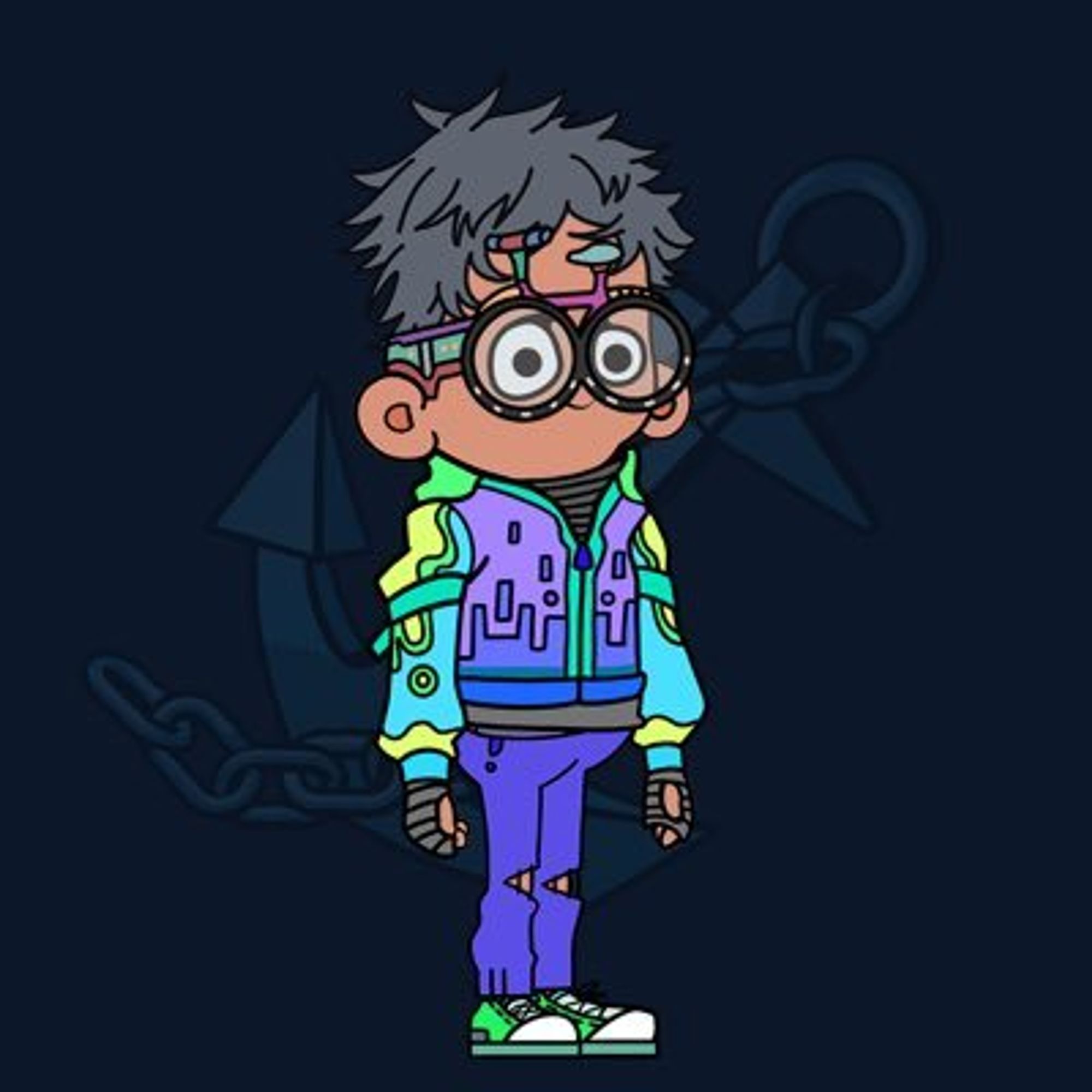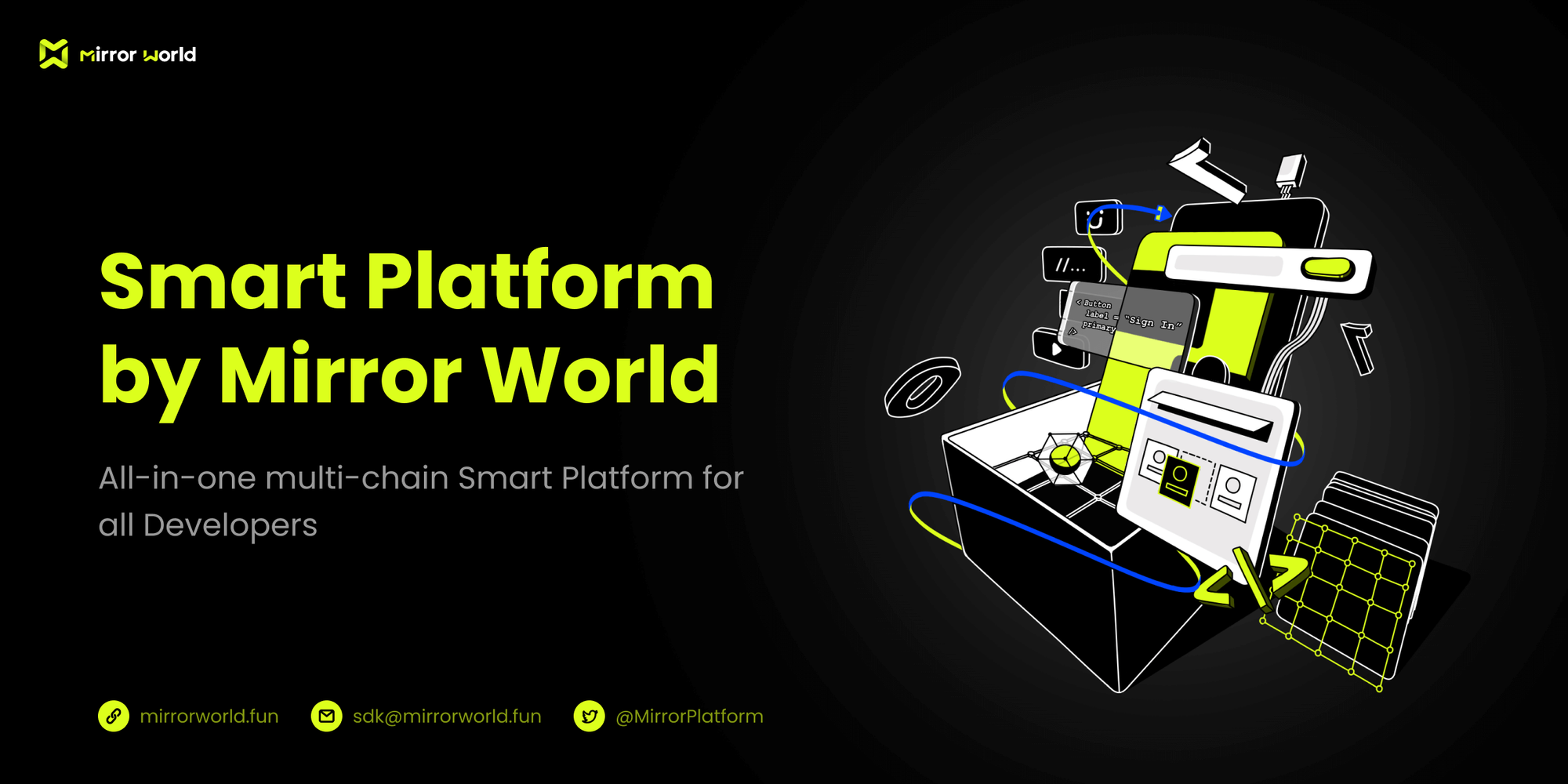Table of Contents
- The main obstacles
- Game Content Design
- Players’ interaction with blockchain
- Activation of On-Chain Behaviors for Players
- Conversion of On-Chain Behaviors for Game Players
- The main driving force
- Smart Auth & Wallet
- Smart Marketplace
- Smart NFT Management
- Conclusion
- Build your application with Mirror World Smart Platform
Do not index
Do not index
content plan
keyword
keyword list
topic search volume
The market is always rapidly iterating, and the game products that can truly survive must undergo the test of time and users. In the past irrational cycle, we have seen a lot of game bubbles that promote tokenomics and downplay the game content itself and stimulate players' nerves with high profits.
As these bubbles burst one by one, people's attitudes towards Web3 games gradually return to rationality and to the quality of game content, and in this process, a market consensus is formed: Only truly high-quality game content can attract real game players, and at the same time, it will also have a longer game lifecycle.
The main obstacles
The high-quality game content referred to here means establishing a smoother integration with Web3 elements on top of better game mechanics, gameplay design, and content depth. However, even if there is consensus, the biggest problem with current Web3 game development is that game content cannot be well integrated with blockchain elements.
In fact, this problem can be directly attributed to the imperfect development pipeline and the tool layer of current Web3 game development, which further leads to a series of problems in game content design, user activation, and user conversion.
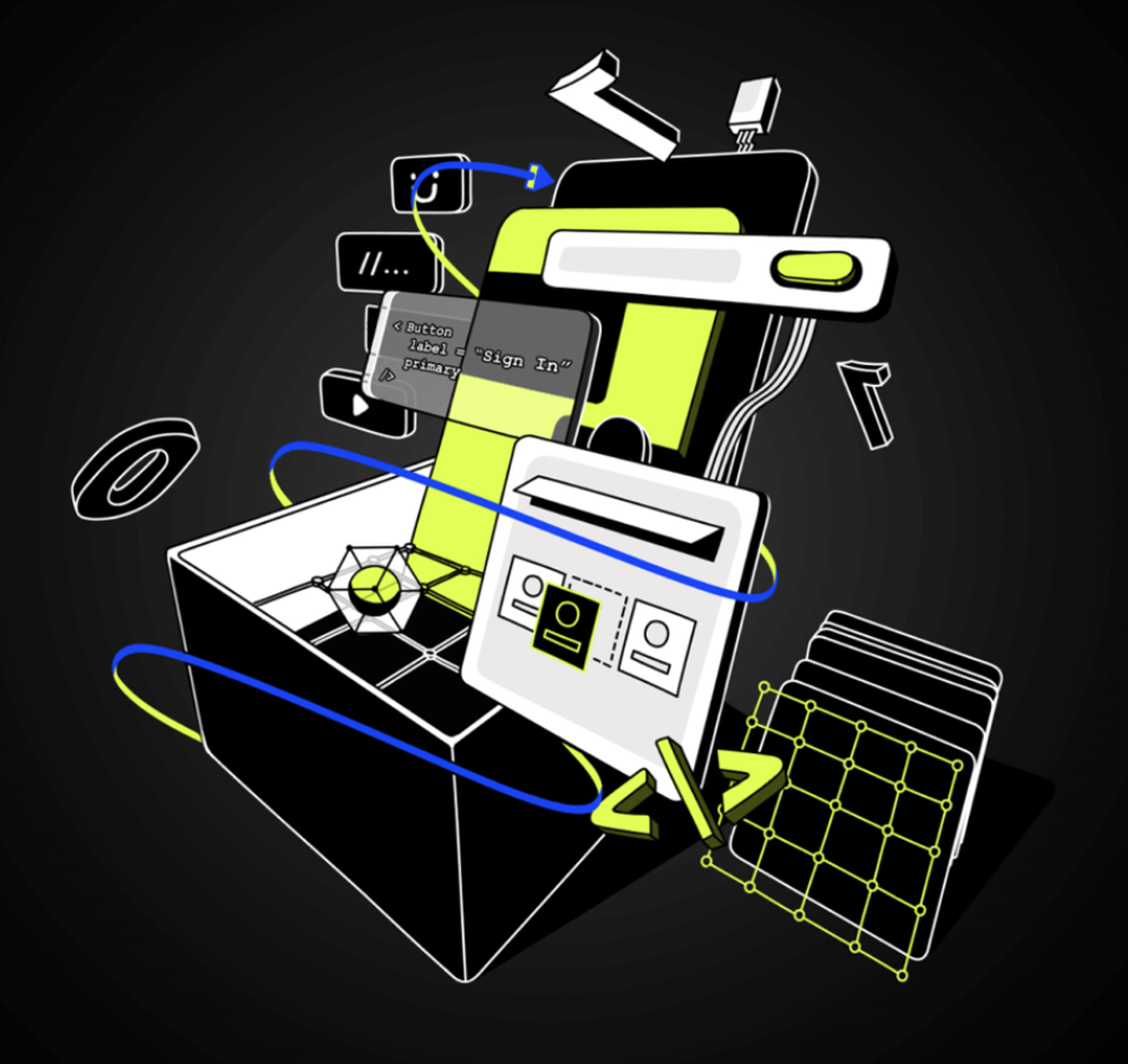
Many Game Studios that have just transitioned to crypto games still have a team composed mainly of game designers, artists, and engineers, with the programming team mainly focused on game engine and algorithm implementation. This kind of team composition can achieve basic game logic and mechanism design very well, but lacks the direct implementation of blockchain element integration.
In this kind of situation, most teams would choose to prioritize completing game content that is unrelated to blockchain interaction in order to ensure development speed, and then release the game on the market for gameplay testing. Then, based on the feedback data, they would consider integrating with blockchain.
However, in reality, for crypto games, the Web3 elements are a very important part, and the part where game content is combined with the blockchain should be considered as an important part of the gameplay. Is the data feedback obtained from testing without integration valid? And is it correct to further integrate Web3 elements based on this feedback data?
.png)
In addition, in the planning stage, many wildly imaginative proposals of web3 integration have ultimately been abandoned due to a significant gap between imagination and implementation. Even if some teams have successfully implemented on-chain operations in the game, greatly enriching the gameplay, the lack of the ability to interact with the blockchain for game players has made such game mechanics a burden for them. The high cognitive threshold of blockchain has hindered players from entering the game for experience, and some imperfect conversion mechanisms have also blocked players' gaming experiences.
Game Content Design
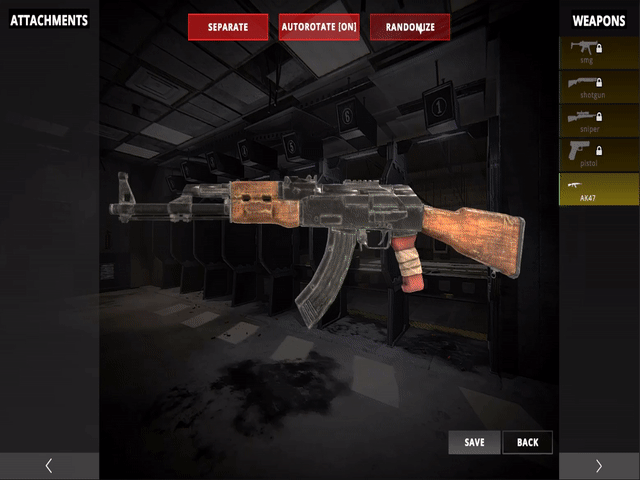
Let's take designing a mobile game characters system as an example based on the description above. In a character system, common game design involves assigning basic attributes such as attack, defense, and health to different characters, and these attributes increase as the character levels up and grows. Additionally, when players obtain equipment/items or other rewards, they may also receive additional attributes. In this setting, if the character is the core NFT asset, there are two design approaches:
- Character attributes goes fully on-chain
- Character attributes are off-chain
In the first scenario, where character attributes are fully on-chain, it means that the original information in the NFT Metadata will be modified, such as changing the values of attack, defense, and health, and may also write in new attributes such as movement speed, stamina, and other character game attributes.
In this case, the game studio needs to have the ability to interact with the blockchain to achieve this goal. In this game design, players truly own the asset of the character, and the character's growth attributes are recorded on the chain, allowing the asset to retain its value even when it is separated from the game content.
In the second scenario, where character attributes are not on-chain, it means that the information in the NFT Metadata will not change, such as attack, defense, and health values, and no new game attributes will be recorded. In this design, the NFT only represents ownership of the character, rather than its attributes.
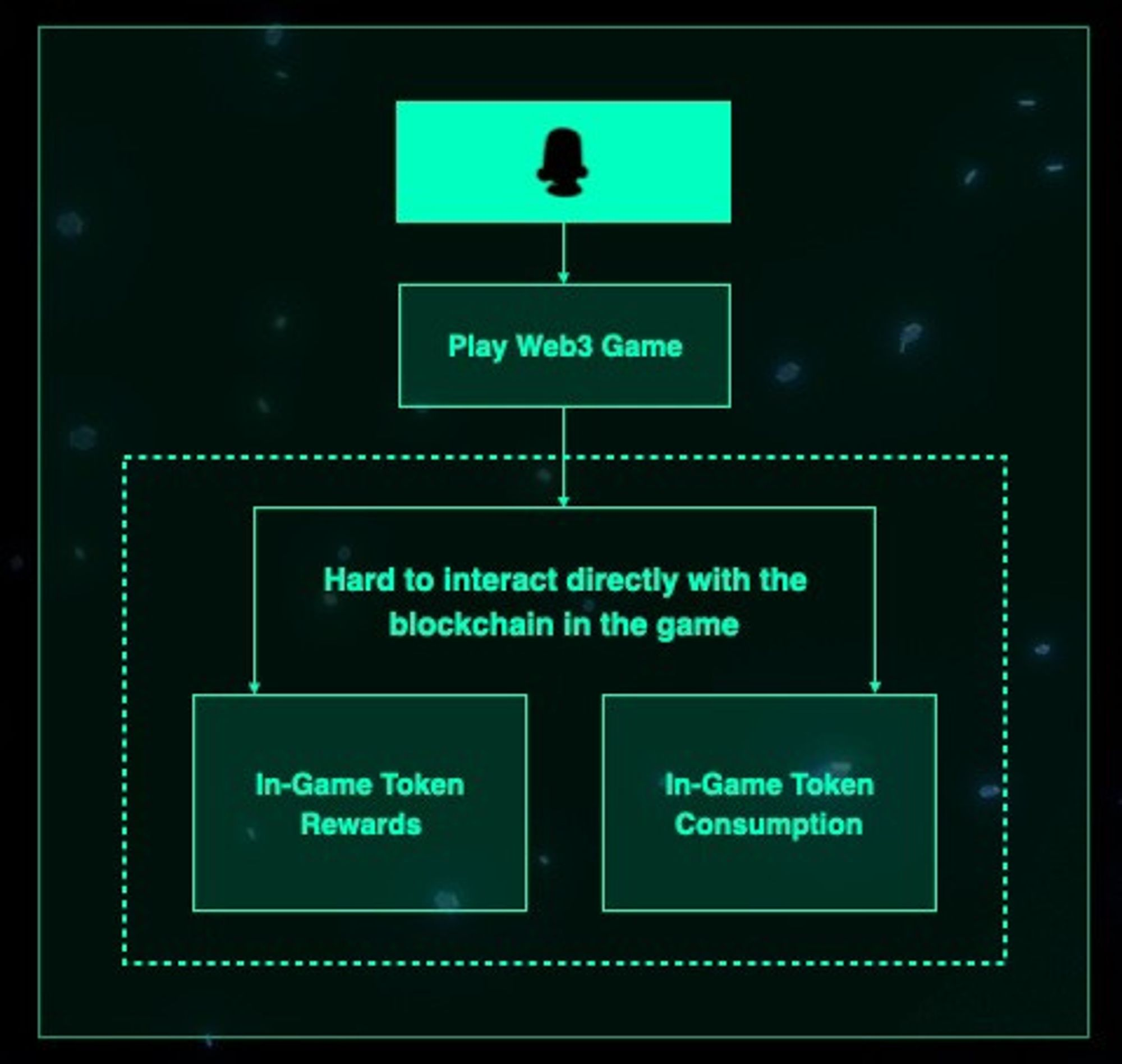
Players’ interaction with blockchain
Game players need certain prerequisites to interact with the blockchain, one of the most important ones to give them a wallet address. This address allows game players to freely interact with different smart contracts and assets, thereby enabling them to further experience the on-chain game content designed by the game designer.
However, in fact, enabling users to have this ability is the difficulty. From the perspective of game users, the various prerequisites such as downloading plugins/third-party wallet applications, creating blockchain addresses, and storing mnemonic phrases are difficult to connect with the experience of playing a game.
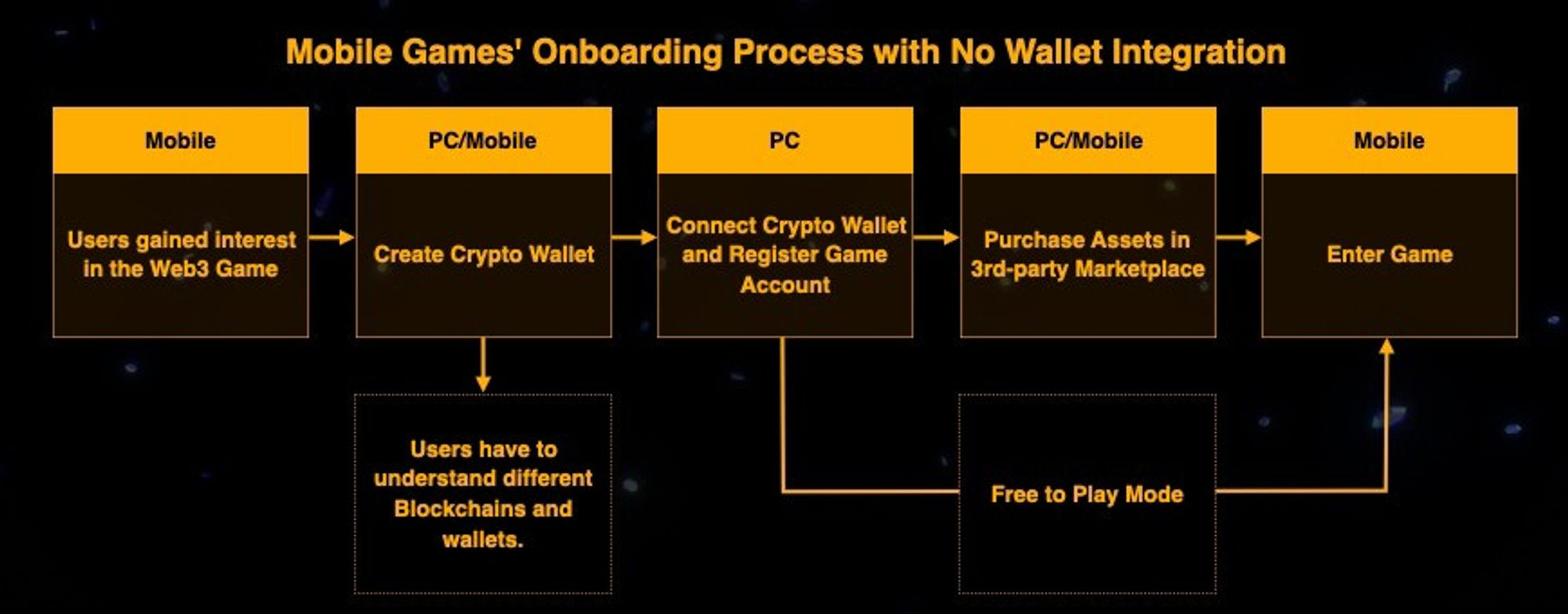
Especially for game players with no crypto background knowledge, they have no motivation to perform these actions. At the same time, the concept of a blockchain address is more often associated with financial terms such as "wallet" and "financial assets", increasing cognitive complexity and also affecting the motivation to use the address for on-chain interaction for entertainments.
Therefore, in this situation, trapped in providing users with a seamless and smooth interactive experience, most game developers can only force game users to understand and create blockchain wallets according to the above process. The resulting outcome is also imaginable, that is, it greatly increases the barrier for users to enter the game, causing game players to choose to leave the game before experiencing the core mechanisms and gameplay.
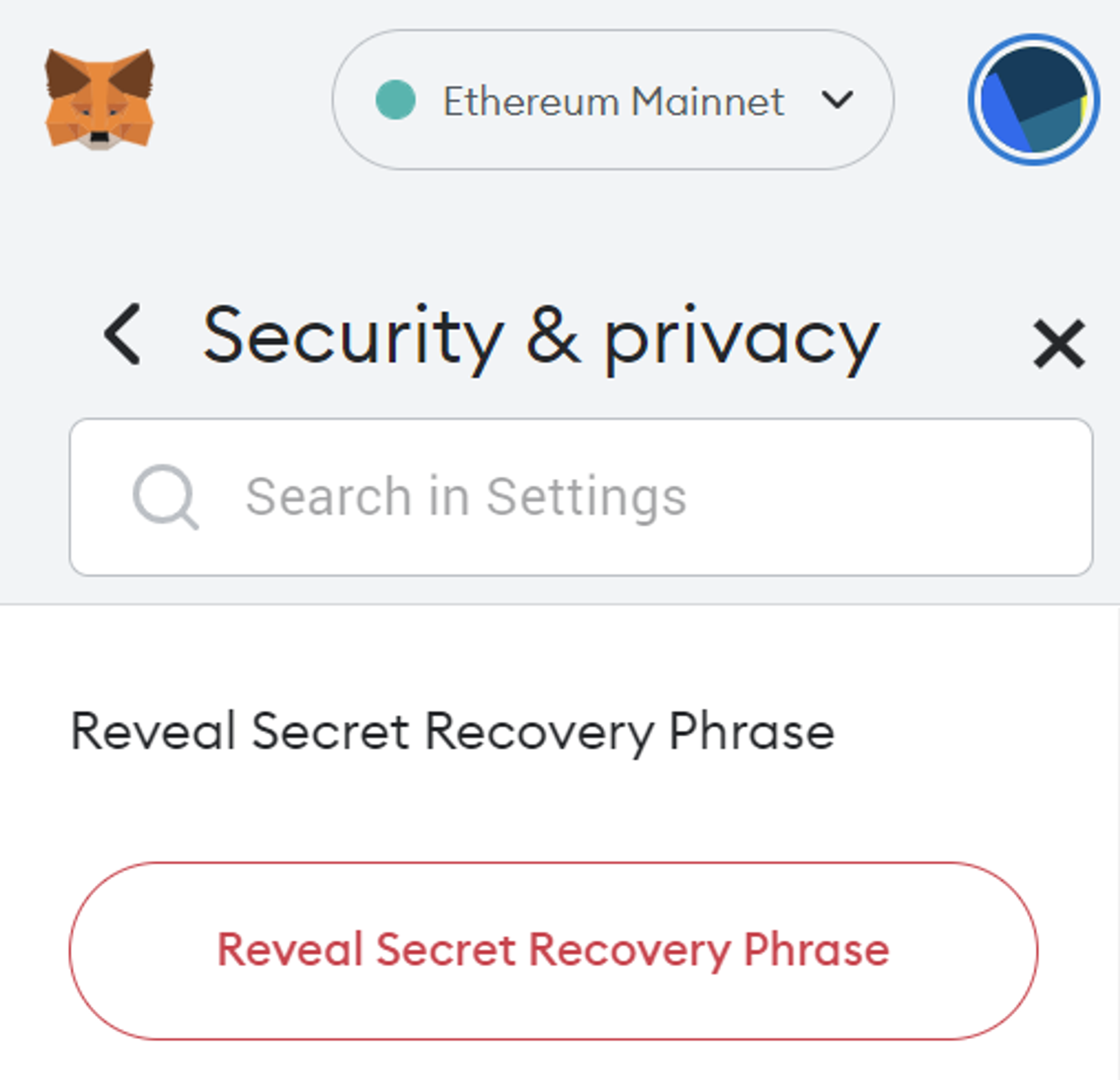
Activation of On-Chain Behaviors for Players
When game users obtain a wallet, which grants them the ability to interact with the blockchain, they also need to obtain the native tokens on different chains as gas, as well as the mainstream settlement token within the game as the core asset, in order to truly interact with the blockchain.
To achieve this step, game players need to be able to convert real-world assets into the blockchain world, which involves an asset exchange process. However, this implementation path is often too long, making it difficult for game players to complete the entire process, and ultimately leading to dropoff.
Similarly, game developers are faced with the challenge of providing a direct entry point for game users to convert assets within the game, which further pushes users away from the application.
Conversion of On-Chain Behaviors for Game Players
Assuming that game players have completed the above steps, it then tests whether the conversion part designed by game developers within the game content is smooth enough to ensure that user conversion behaviors occur smoothly in the game. For example, allowing users to directly interact with on-chain assets within the game, such as purchasing assets, transferring them, and changing information.
However, the implementation of the above functions often requires game users to leave the application to third-party platforms, which greatly fractures the user experience and directly leads to a decrease in user conversion rates.
For instance, in games where on-chain assets are centered around game characters, player buying and selling operations related to characters require leaving the game content and trading on third-party platforms, such as Opensea, Magic Eden, and so on. Such operations that affect player flow experience can greatly reduce users' desire to buy and convert.
The main driving force
As mentioned above, the main reason for resistance is the immaturity of the game development pipeline and Web3 Game game tools. When game developers focus on game content creation and are unable to engage in related development with blockchain, Mirror World hopes to fill the missing part and serve as a connector to provide core development tools for game developers, solve all the problems they face, and further enrich and improve the development pipeline of Web3 Game.
All the problems faced by game developers can actually be solved through the Mirror World Smart Platform. In the Smart Platform All-in-One solution, game developers can directly download the Unity SDK and use the corresponding API to achieve the required functionality.
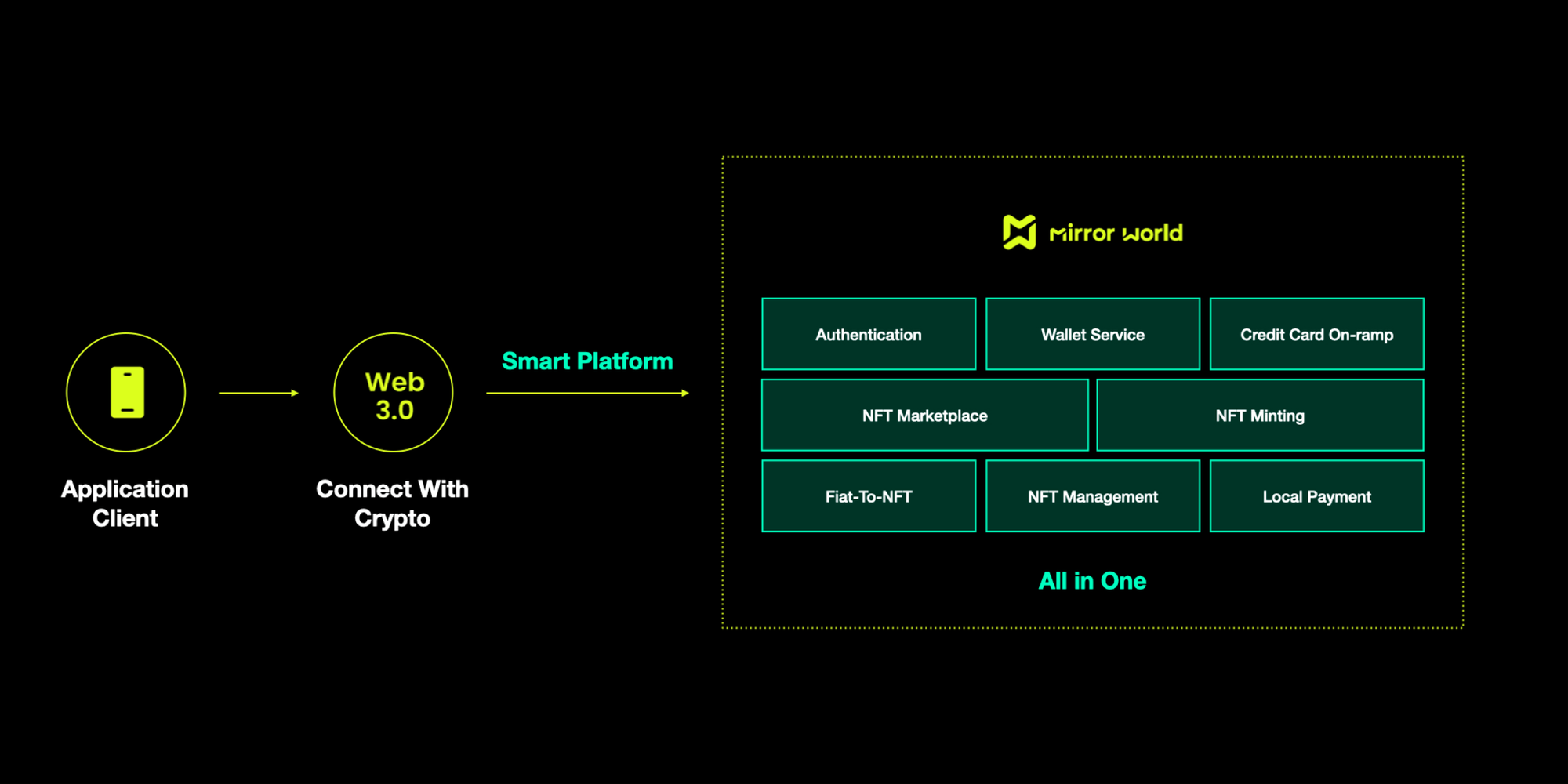
Smart Auth & Wallet
Smart Auth and Smart Wallet can help game players seamlessly interact with blockchain. Specifically, Smart Auth integrates familiar and convenient social account logins, such as Google, Twitter, Discord, Facebook, Email, and Apple login. This allows users to directly use Web2 login methods for identity verification during login, without the need to download plugins/third-party wallets or understand the concept of wallet addresses.
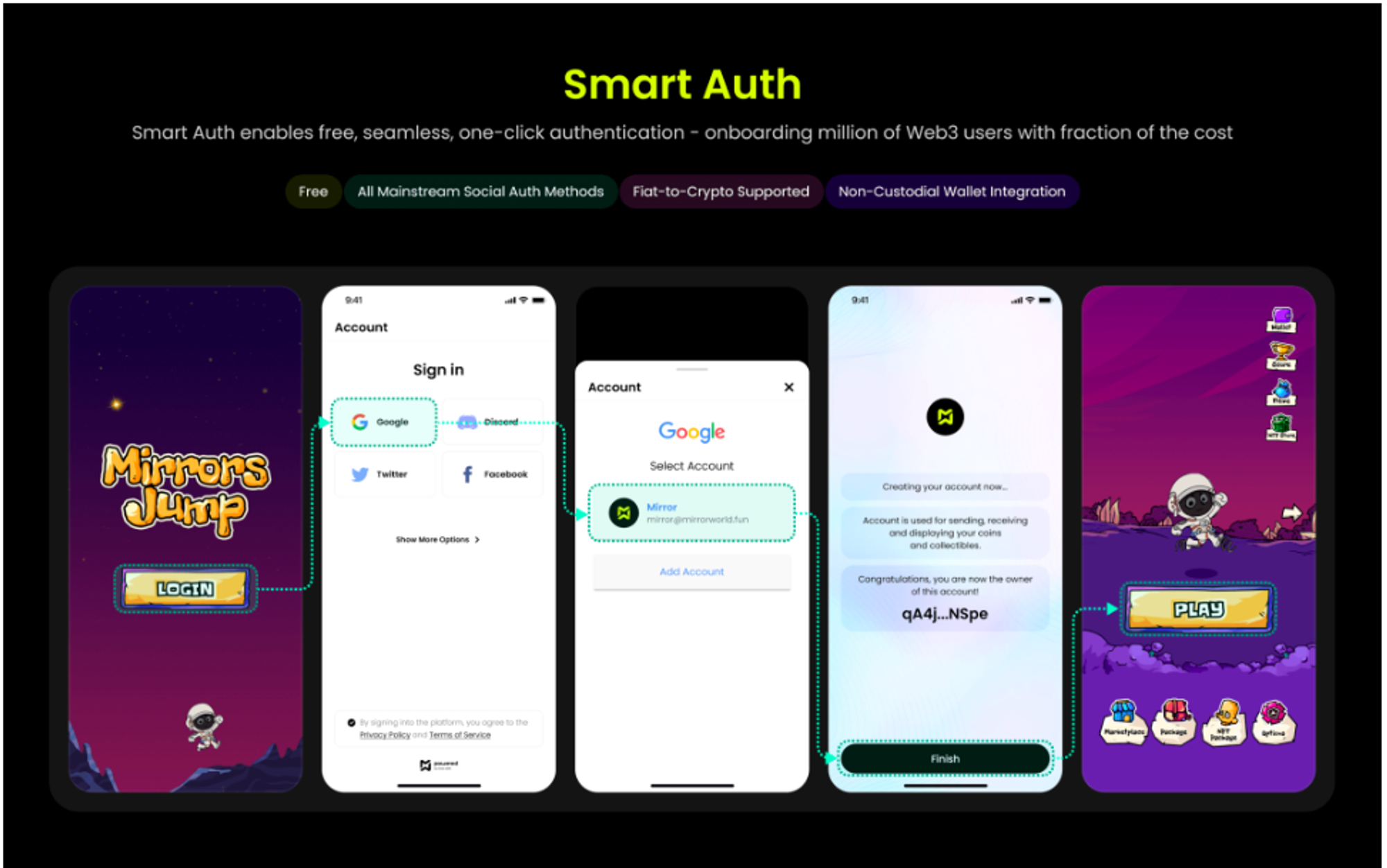
In addition, Smart Wallet automatically creates a custodial/non-custodial wallet for users during the login process, which serves as the key for users to interact with the blockchain. Furthermore, users do not need to store their recovery phrases, greatly reducing the barrier to entry for users to enter the game. Additionally, the in-game wallet also integrates fiat deposit solutions, allowing users to purchase encrypted assets directly within the app in accordance with local regulations, helping users achieve their first activation of on-chain behavior.
Smart Marketplace
In terms of user application conversion, Smart Platform has pre-built SDKs, and developers only need to use APIs to call the functions and examples, using minimal code to create a built-in trading market (NFT Marketplace). This NFT Marketplace allows each game project to set its own handling fees to receive a share of the transactions on the secondary market.
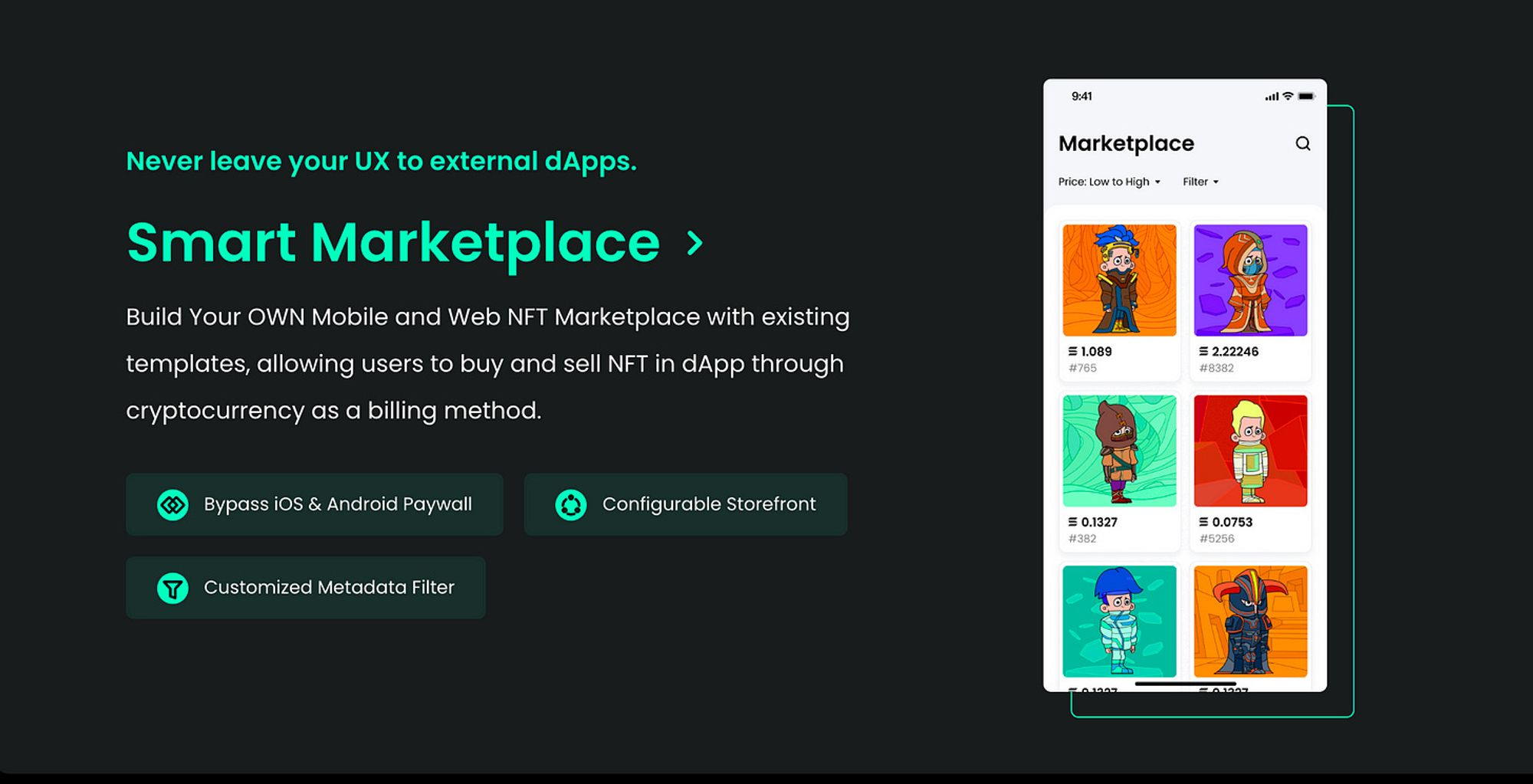
Considering the possible upfront barriers that users may face when purchasing NFTs, Smart Marketplace supports both native encrypted asset purchases for NFTs, as well as various fiat payment channels, such as credit cards, Google Play, and in-app purchases from the App Store.
Moreover, each Web3 application has its own interface style. If the built-in market does not match the overall style of the application, it will affect the user experience and transaction willingness. On current mainstream NFT marketplaces such as Opensea or Magic Eden, all styles can only be implemented according to third-party requirements.
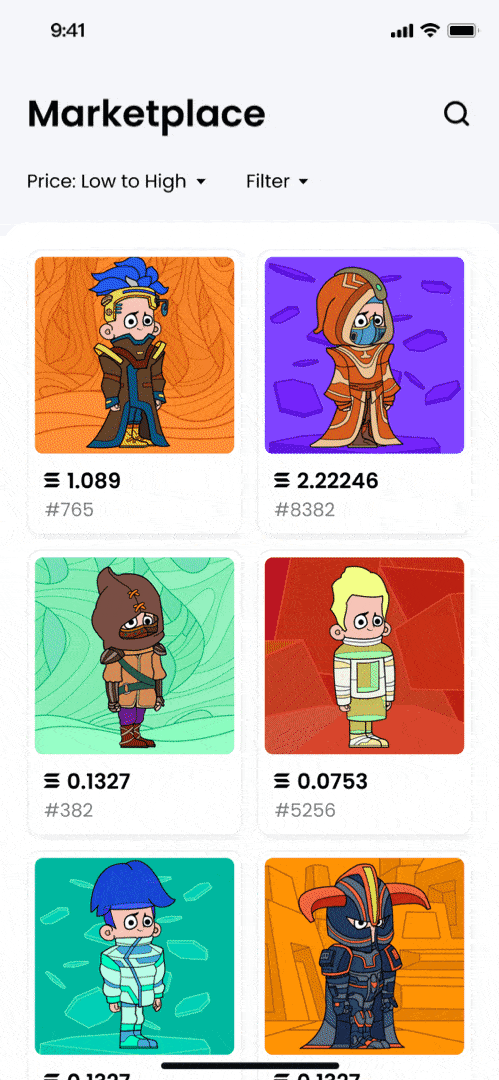
To address this, Smart Marketplace allows developers to customize the appearance of the market, freely choose different modules to integrate, and their UI presentation. Developers can achieve consistency between their trading markets and the application itself through customization. In the current homogeneous display of all third-party trading markets, a customized trading market is more conducive to displaying the branding of the application.
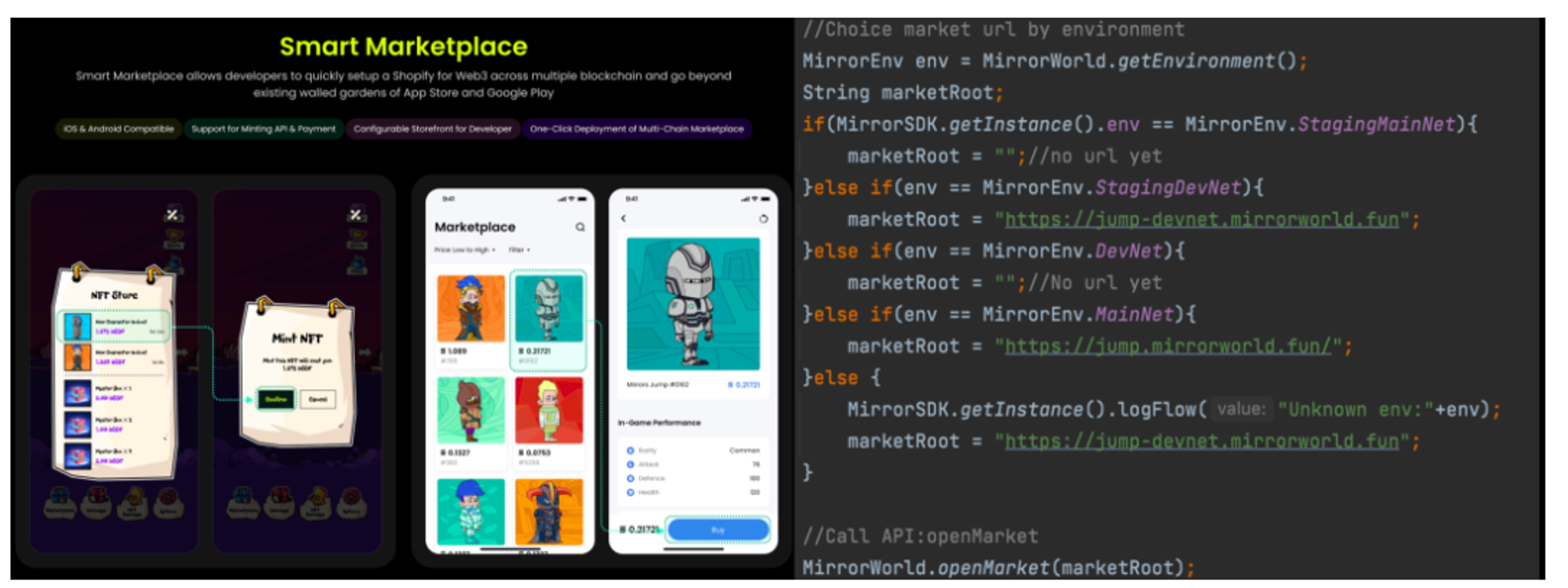
In addition, how to better operate and analyze the trading market is also within the scope of consideration for Smart Marketplace. After quickly building a trading market, Smart Marketplace also provides monitoring and analysis of end-user data indicators, such as NFT transaction data, transaction volume, click-through rate, and search rate, to help projects make data-driven operational decisions and adjust marketing strategies in a timely manner.
Smart NFT Management
Finally, to facilitate direct asset interactions within the application for game users, Smart NFT Management helps game projects create NFT Collections, call various NFT APIs such as NFT Minting, and Fetching/Querying, making it easy for users to operate within the application.
For example, in the scenario described above for the role system, NFTs can be created and on-chain information can be updated and stored by directly calling APIs such as Mint/Update.
.png)
And for the above mentioned features, in order to meet the different needs of developers in actual development processes, Smart Platform supports developers to directly call APIs in a low-code manner, as well as allowing more convenient no-code configuration directly on the Dashboard.
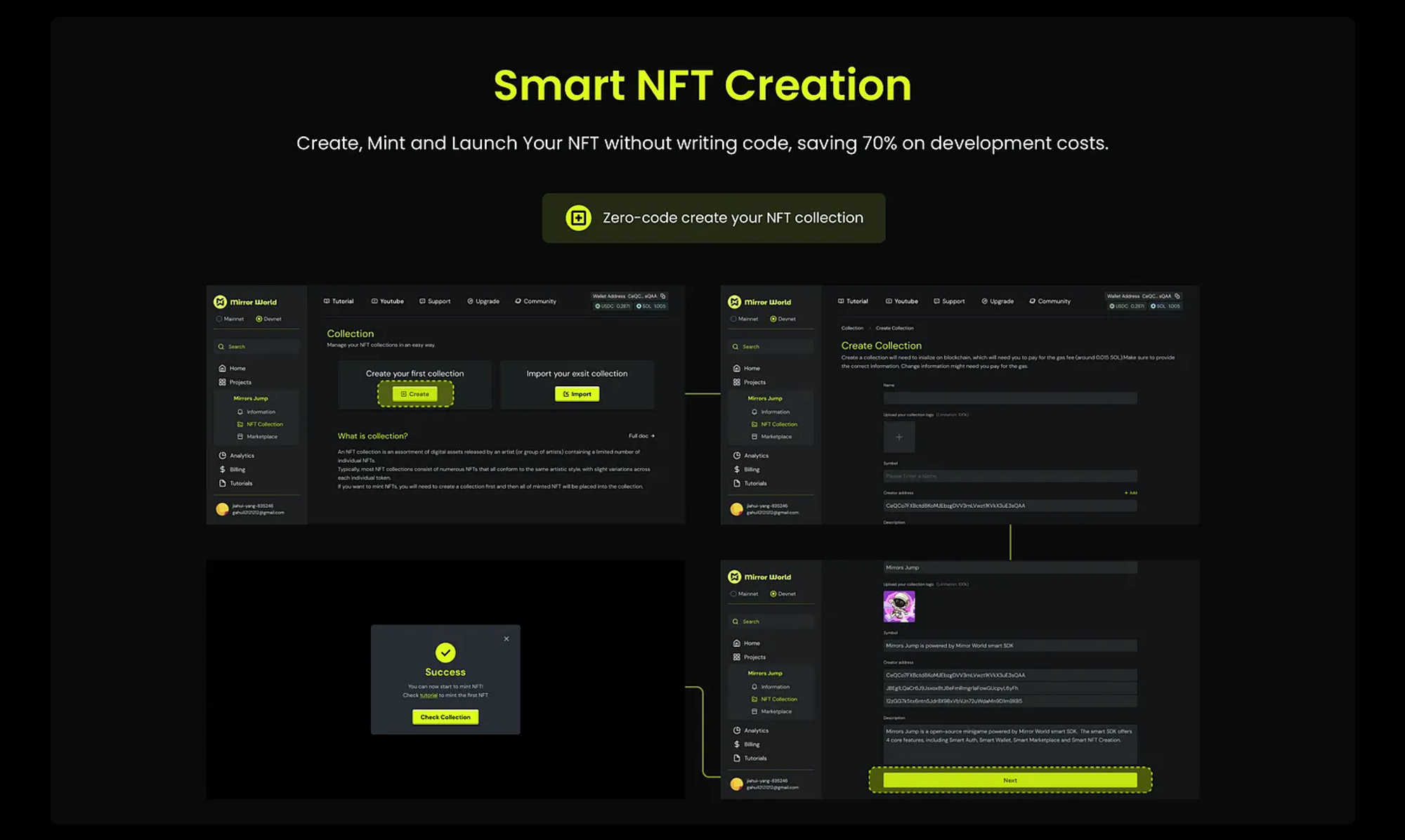
Conclusion
The development of games is a highly complex and time-consuming task. Mirror World has always been striving to provide better Web3 Game development tools for more game studios, to help more game teams fully unleash their imagination and not be limited by the technological implementation. This is what Mirror World hopes for and has been working towards.

Build your application with Mirror World Smart Platform
Read our full deck here. Mirror World Smart Platform now supports EVM-compatible chains!!!
